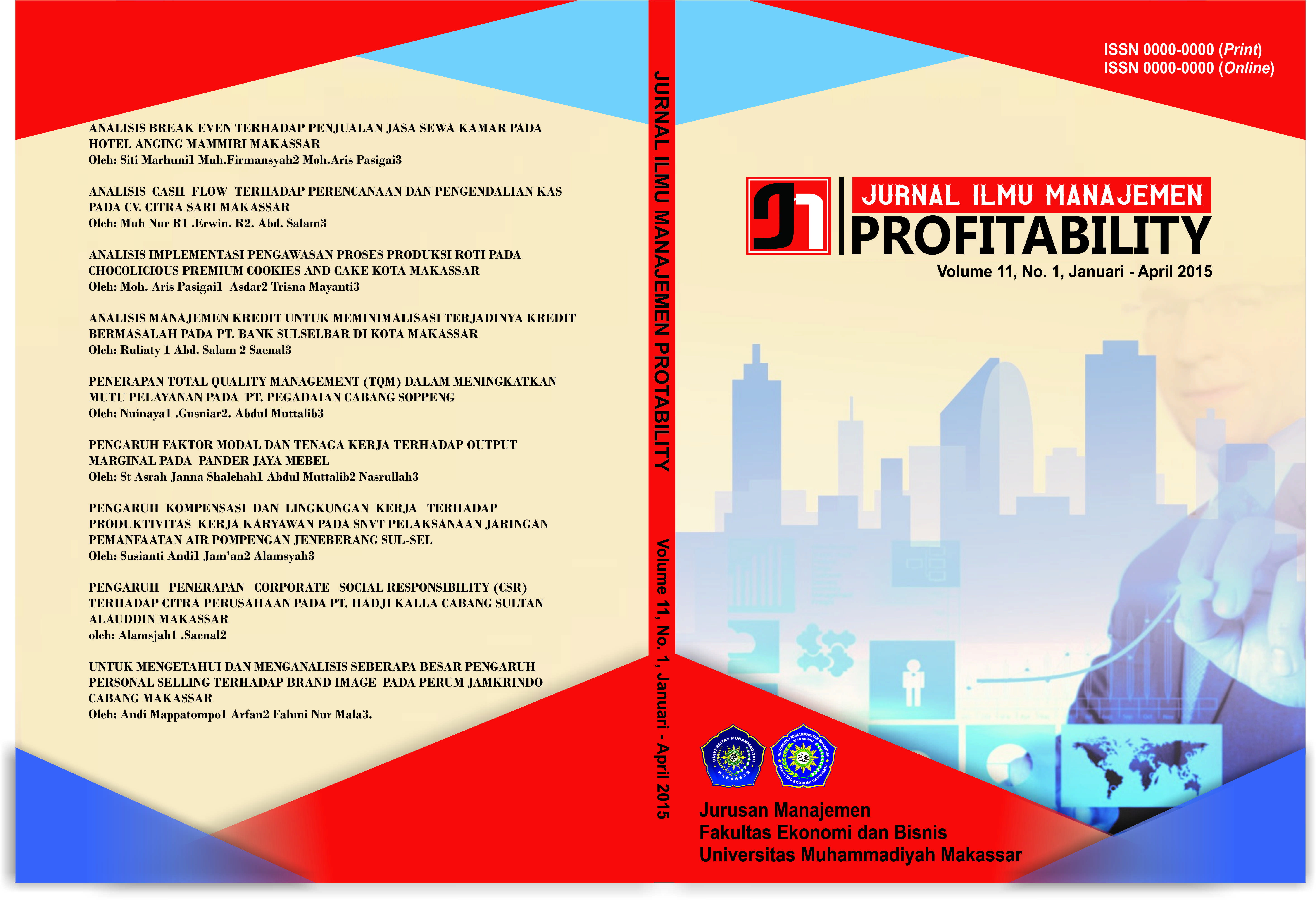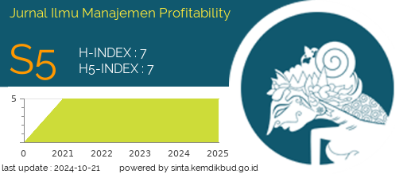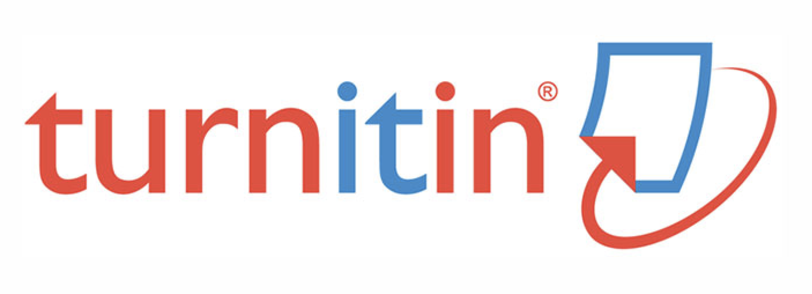PENGARUH KOMPENSASI DAN LINGKUNGAN KERJA TERHADAP PRODUKTIVITAS KERJA KARYAWAN PADA SNVT PELAKSANAAN JARINGAN PEMANFAATAN AIR POMPENGAN JENEBERANG SUL-SEL
DOI: https://doi.org/10.26618/profitability.v1i2.1924
Abstract
The purpose of this study is to empirically test the effect of compensations and work enviroment on employee work productivity and to find out which variable has the most influence on employee work pproductivy perception the study was conducted by survey method, where data was obtained by questionnaire distribution on 56 respondents. The population in this study were all SNVT employees implementing the network of pompengan water utilization in south sulawesi. The sampling method is stratified random sampling, the data obtained is then analyzed using muiltple linear regression analysis consisting of the f test and and t test and the results of the t test, t count > t table (2,421>1,674) and the test statistic f from the table obtained f count value of 6,850 with a probability value (sig) =0,002, f count value (6,850) > f table (3,18). Based on the results of this study, it can be conculuded that compesation and work environment have a positive and significant effect on employee work productivity on SNVT implemantation of the pompengan water utilization network in south sulawesiReferences
A.A Anwar PrabuMangkunegar, 2004. Manajemen sumber daya manusia. Bandung: Remaja Rosdakarya.
Ahmad, Komaruddin. 1995. Dasar-dasar manajemen. Jakarta : Rineka Cipta.
Bangun, Wilson. 2012. Arti kompensasi. Jakarta: Erlangga.
Dessler, Garry, 2008. Manajemen sumber daya manusia dan kompensasi. Penerbit Indeks, Jakarta.
Edy,Sustrisno. 2016. Faktor-faktor yang mempengaruhi besarnya kompensasi. Jakarta: Kencana.
Flippo, B.Edwin, 2003. Manajemen sumber daya manusia,Jakarta : Erlangga.
Fajar,S.A & Heru, T. 2010. Kompensasi. Yogyakarta: UPP STIM YKPN.
George R. Terry. 2008. Dasar-dasar manajemen, Bumi Aksara: Jakarta
Hasibuan, Melayu S.P.1989. Manajemen sumber daya manusia. Jakarta : PT. Bumi Aksara.
Husain Umar.2002. produktivitas kerja. Jakarta. PT.Gramedia pustaka utama.
Heri Mulyono.2015. pengaruh disiplin kerja terhadap produktivitas kerja pegawai pada badan perencanaan pembangunan daerah (BAPPEDA)Kabupaten Bantaeng. Skripsi unismuh makassar.
Hasibuan, melayu S.P. 2014. Fungsi-fungsi sumber daya manusia. Jakarta: PT.Bumi Aksara.S.
Hasibuan, Melayu. 1996. Organisasi dan motivasi dasar peningkatan produktivitas. Bumi Aksara. Jakarta.
Komaruddin. 2001. Kondisi kerja. Jakarta: Rineka Cipta.
Mangkunegara. 2003.motivasi kerja. Bandung: PT.Garuda.
Mangkunegara, Anwar Prabu. 2005. Manajemen sumber daya manusia dan kondisi kerja. Bandung PT Remaja Rosdakarya.
Miftha, Toha. 2003. Perilaku organisasi konsep dasar dan aplikasinya. Jakarta: PT Raja Grafindo Persada.
Ndraha. 2002. Budaya dan sumber daya manusia. Rineka Cipta. Jakarta
imanjuntak, P.J. (Eds) (1995). Peningkatan produktivitas dan mutu pelayanan sektor pemerintah. Jakarta : Dewan Produktivitas Nasional Depnaker.
S.P,Hasibuan , Malayu. 2012. Kompensasi. Jakarta: PT Bumi Aksara.
Sedarmayanti. 2001. Kondisi kerja dan produktivitas kerja. Bandung: Pustaka Setia.
Veithzal, Rivai.2008. Manajemen sumber daya manusia untuk perusahaan. PT.Raja Grafindo Persada: Jakarta.
Downloads
Additional Files
Published
Issue
Section
License
Authors who publish with Jurnal Ilmu Manajemen Profitability agree to the following terms:
Copyright of the articles remains with the authors.
Authors grant the journal the right of first publication with the work simultaneously licensed under a Creative Commons Attribution-NonCommercial 4.0 International License (CC BY-NC 4.0). This license allows others to:
Share (copy and redistribute the material in any medium or format)
Adapt (remix, transform, and build upon the material)
as long as they give appropriate credit to the original author(s) and source, provide a link to the license, and indicate if changes were made. Non-commercial use only.
Authors are permitted to:
Distribute their published work (e.g., post it to an institutional repository or publish it in a book), with an acknowledgment of its initial publication in this journal.
Enter into separate, additional contractual arrangements for the non-exclusive distribution of the journal’s published version of the work (e.g., post it to a class website or institutional archive).
For permissions to use the content published in this journal beyond the scope of the license (e.g., commercial purposes), please contact the editorial office via the journal email.
License Details:
This journal is licensed under a Creative Commons Attribution-NonCommercial 4.0 International License (CC BY-NC 4.0).












